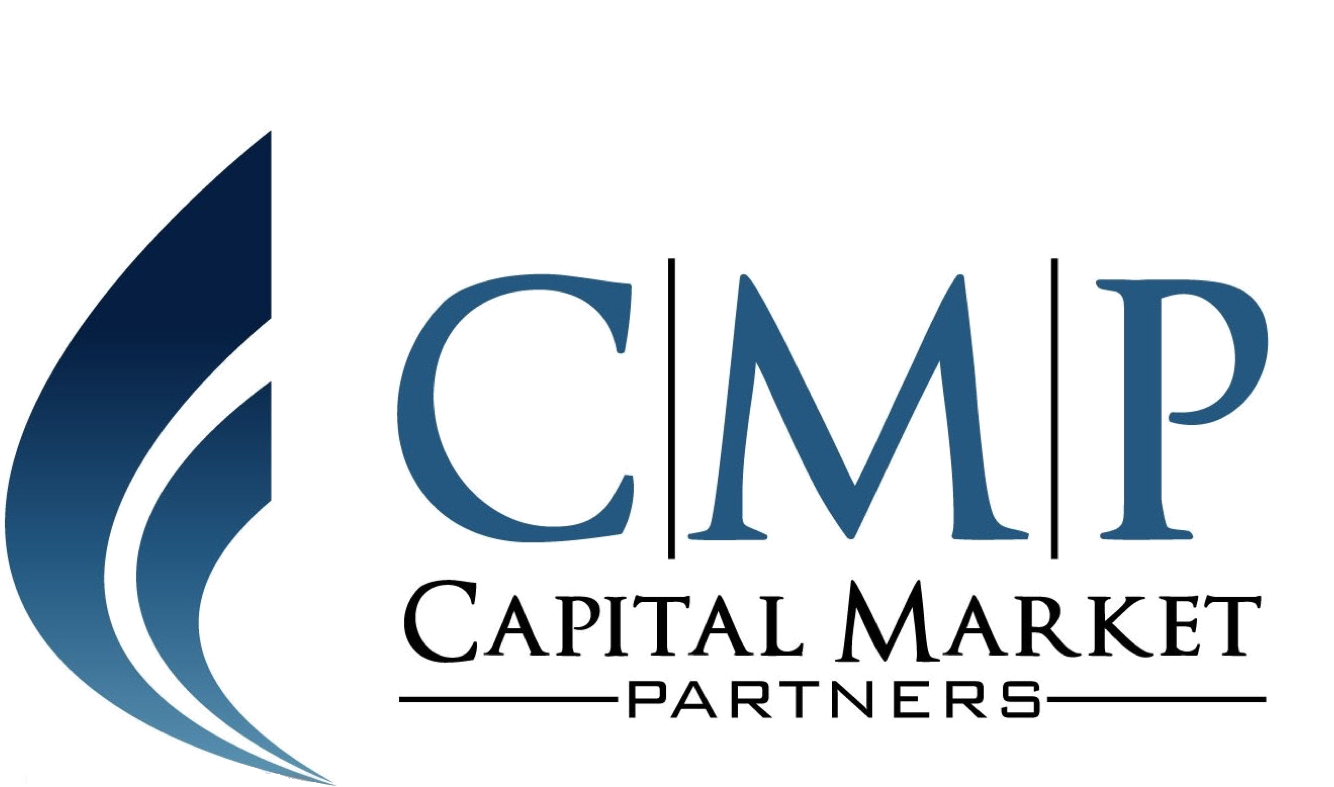Sourcing – A Reinforced Trend?
By Christian Thygesen, Partner & Chairman of the Board | The 23rd of November, 2018
Some 6 years ago, we at Capital Market Partners (CMP) toured the country visiting smaller and medium sized banks to suggest looking at the possibility of outsourcing (parts of) their Back-Office operations, in particular the settlement and custody of non-Danish securities. To put it nicely, our success was limited. We struggled to understand why these institutions wanted to maintain operations which – on a cost-per-transaction basis – seemed expensive. We never came up with a better answer than the idea that it was part of the DNA of these institutions to have such a department.
But Now, the Perspective Has Changed
In the following years, we dealt with many other issues and projects within the capital markets space.
System selection and implementation, risk management and certainly regulation have been the main headlines for the projects we have done.
Some three years ago, we did our first sourcing project, and since then, this has been a growing business for CMP. In the bigger perspective, it seems interesting to note, how some key concepts in the Danish financial sector appears to have changed over the past few years.

First of all, the willingness to look more analytically at services, both in the sense of seeing them as individual components rather than a single value chain, and in questioning openly if your institution is actually better off buying rather than producing the individual service.
Second, a redefinition by some market participants to see themselves not only as market participants in their traditional right, but also as service partners to other market participants.
Third, the notion of “strategic pricing”, meaning that you actually don’t have to make a profit on the individual service you offer, if you believe that it will strengthen your relationship with your customers, possibly even leading to strategic partnerships.
A New Way of Thinking
As far as I know, Danske started this way of thinking when offering clearing services to smaller Nordic market participants looking for a way to satisfy the demands of EMIR in the area of mandatory clearing for swaps.
Had no one stepped in with an alternative, the smaller Nordic banks would have been facing punitive per product costs and would have been forced out of offering swaps in their own name.
The bigger European competitors, who came to Denmark in 2010-11 promoting their clearing services, had quite significant entry/fixed costs and low marginal costs, clearly aiming at the bigger volume clients. Had no one stepped in with an alternative, the smaller Nordic banks would have been facing punitive per product costs and would have been forced out of offering swaps in their own name.
Danske – soon followed by SEB – took a different approach to pricing this service with marginal prices somewhat higher than the bigger players but with no fixed costs, clearly aiming at the low-volume players.
With the prices of the bigger service offerors in mind, either they were making fortunes, or Danske had embarked on what I take the liberty of labelling “strategic pricing” i.e. you don’t make the offering of these services to a profit center in its own right.
The bet paid off in the sense that Danske gained close to a 100% of the market for clearing interbank swaps for smaller Danish market participants.
Establishing a Win-Win Situation
Clearing later became one component in Danske’s InteGate suite of services to their institutional clients. We have been fortunate to work both for Danske in contributing to the creation of the original service offering and later working on implementing elements of this suite at clients.
By offering value adding services (e.g. clearing, collateral management, custody) around your core service (brokerage) and pricing these services “strategically”, it makes for a win-win situation, where Danske can maintain their market share in the core products, leverage services they already offer in-house, and increase customer loyalty, while the clients get necessary services at an inferior cost.
But Danske is certainly not alone.
The Steady Trend Towards Outsourcing
On the buy-side, and among pension companies in particular, the trend towards outsourcing is steady. The recently completed move of operations by Industriens Pension to Forca is public knowledge.
But Forca is a service company, so enlarging their clientele is not new per se, IP however is the first real “customer” in the sense that it is the first pension company outside the circle of original founders and owners of Forca to use its services.
It is still too early to tell whether these services will be priced “commercially” or “strategically” and how successful they will be, but the idea itself is interesting…
Furthermore, more traditional pension companies are looking at offering parts of their services externally, based on the belief that there is actually some of these services that they really excel at, and where their capacity exceeds their own needs.
It is still too early to tell whether these services will be priced “commercially” or “strategically” and how successful they will be, but the idea itself is interesting as it represents a change in the way these companies see themselves, extending their identity from being “just” a pension company to being a service provider.
Shifting Truths
At the other end of the scale, so to say, the move by Pension Danmark to repatriate the portfolio formerly handled by Nykredit Portfolio Administration is an example of the shifting truths when it comes to sourcing: What may be a good idea to outsource when volumes are small may not remain the best solution when volumes grow. More than just cost, growing volumes also mean that issues such as control and agility gain importance.
A further example of cross-industry services being offered is fund management, which has developed into a commodity with reasonably transparent pricing and a few providers – mainly Nykredit, SEB & Invest Administration – aggressively trying to attract the business of small and medium sized fund issuers.
Consolidation of fund administration among the bigger players remains to be seen, but the idea that e.g. Sydbank, Jyske and Bankinvest would join forces with regards to fund management would not seem so far-fetched?
Buy-side, Sell-side and the “Infrastructure-providers” in Between
Finally, the recent move by Alm. Brand Bank to white-label Saxo Trader deserves to be mentioned as the latest example of this seeming surge of sourcing.
How come that sourcing seems to be on the move both with buy-side, sell-side and the “infrastructure-providers” in between?
I am unsure as to what prompted the more objective, modular approach to how the various market participants view their value chain, but certainly from our perspective at CMP, this is a subset of our business that is clearly growing.
The most plausible explanation I have heard so far was quite simply, that the financial crisis made the City take a very close look at cost structures prompting a new appetite for sourcing, and whatever happens in London will spill over to Denmark – albeit with a 2-3 year delay?
As an afterthought:
Beyond comparison, the most significant example of sourcing in the Danish financial industry is the three banking centrals, delivering core IT to all banks in Denmark save Danske, Nordea and – quite recently – Saxo.
So far, the centrals stick to doing what they have done since their inception some 50 years ago: Offering core banking IT. Might this new wave of sourcing affect the banking centrals too? Might the centrals for instance start enriching their IT-offering with services and engage whole-heartedly in business process outsourcing? Just a thought 😊

Christian Thygesen, Partner & Chairman of the Board
Christian Thygesen has been employed in the financial sector since joining the Danish Central Bank in 1992. From 1998 to 2002 he worked for the European Central Bank in Frankfurt, dealing first with financial infrastructure monitoring and then monetary policy in the office of capital markets and financial infrastructure. From 2002 to 2007 he was Head of Projects & Analysis at Roskilde Bank.
Since then he has worked as a consultant in the capital markets area with focus on efficient implementation of regulation and system selection in its many guises.
You can read Christian’s previous posts on the long term effect of MiFID II on the equity market, the bond market, and the derivatives market on the CMP blog.


